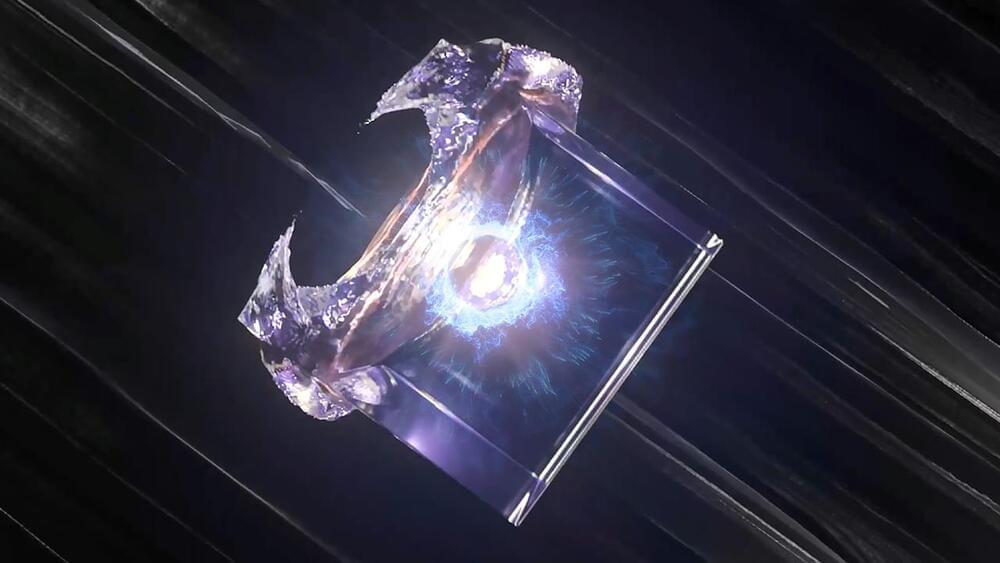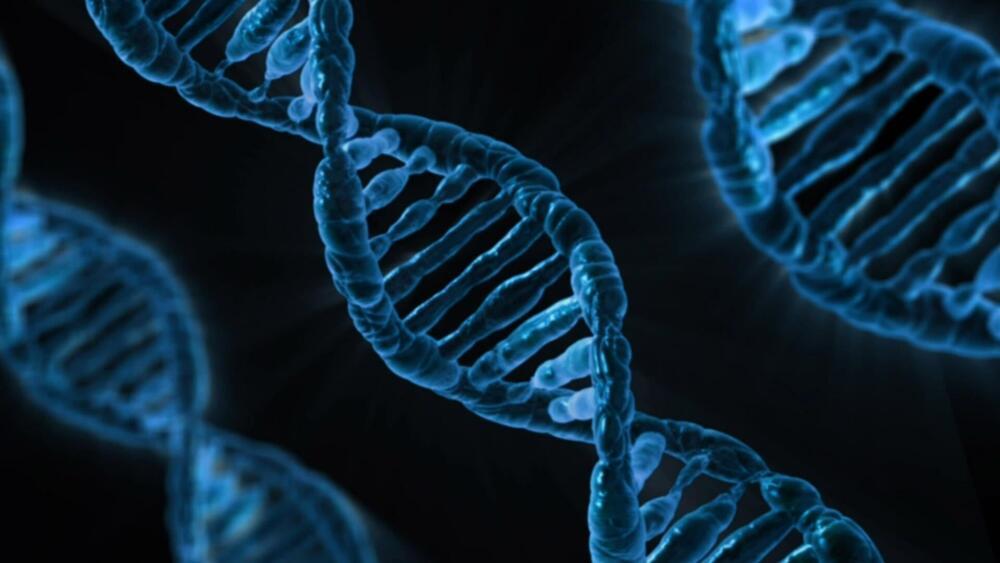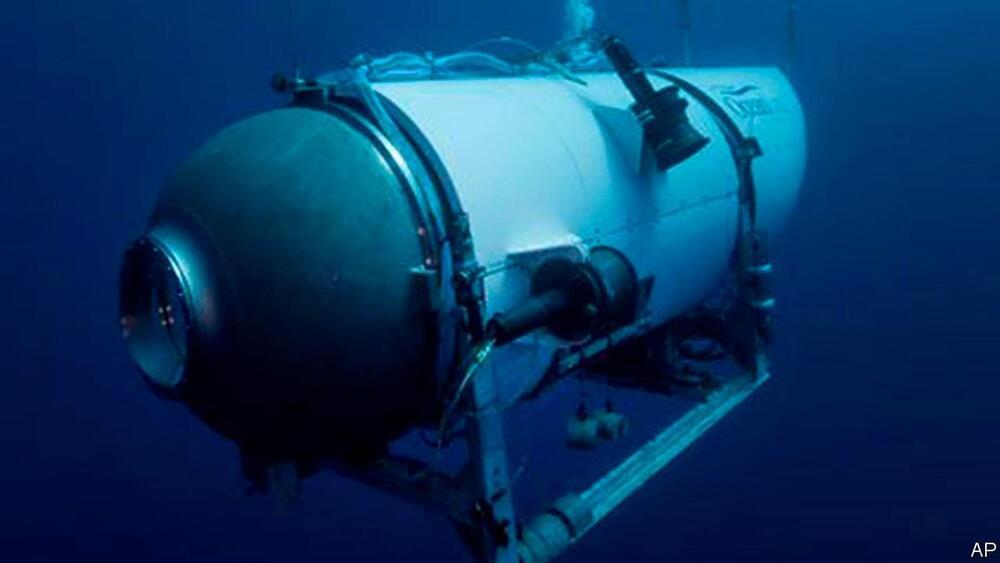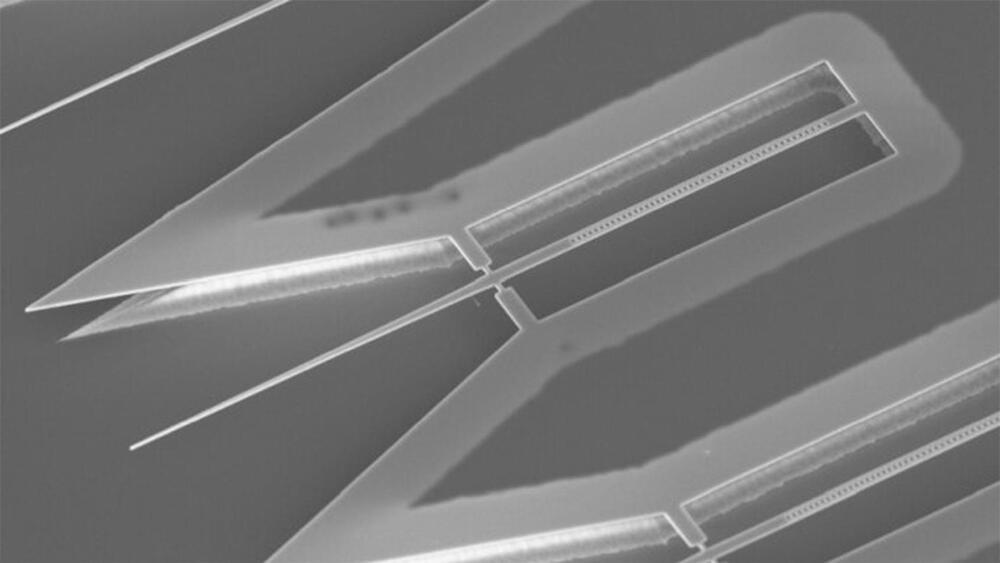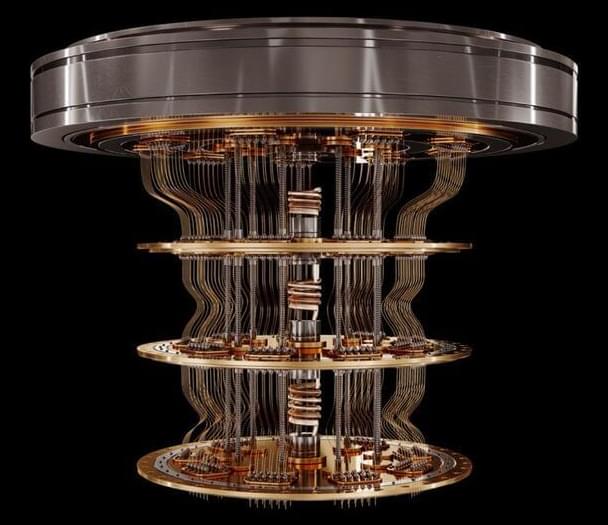Fusion energy is basically just smashing things together to make energy. Grossly oversimplified? Yes, but still accurate. First Light Fusion in the UK has a unique approach to fusion energy that takes that “smashing things together” to another level. I had a chance to see their facility first hand and talk to them about their current progress, as well as what’s to come at their new demonstrator plant. Are privately funded companies, like First Light Fusion, the path towards our fusion energy future?
This is the second video in my “UK nuclear tour.” In my first video, I visited the UK Atomic Energy Authority’s (UKAEA) Culham Science Center, which is the hub of the UK government’s fusion research. That’s where you find the JET and MAST-U tokamaks, but what’s interesting is that the UKAEA isn’t just about publicly funded research. They’re also working with private companies, like First Light Fusion, to offer support to accelerate all kinds of approaches towards fusion energy. First Light just recently announced that they’re building Machine 4 at the Culham Science Center, but I’ll get to more on that in a bit.1
